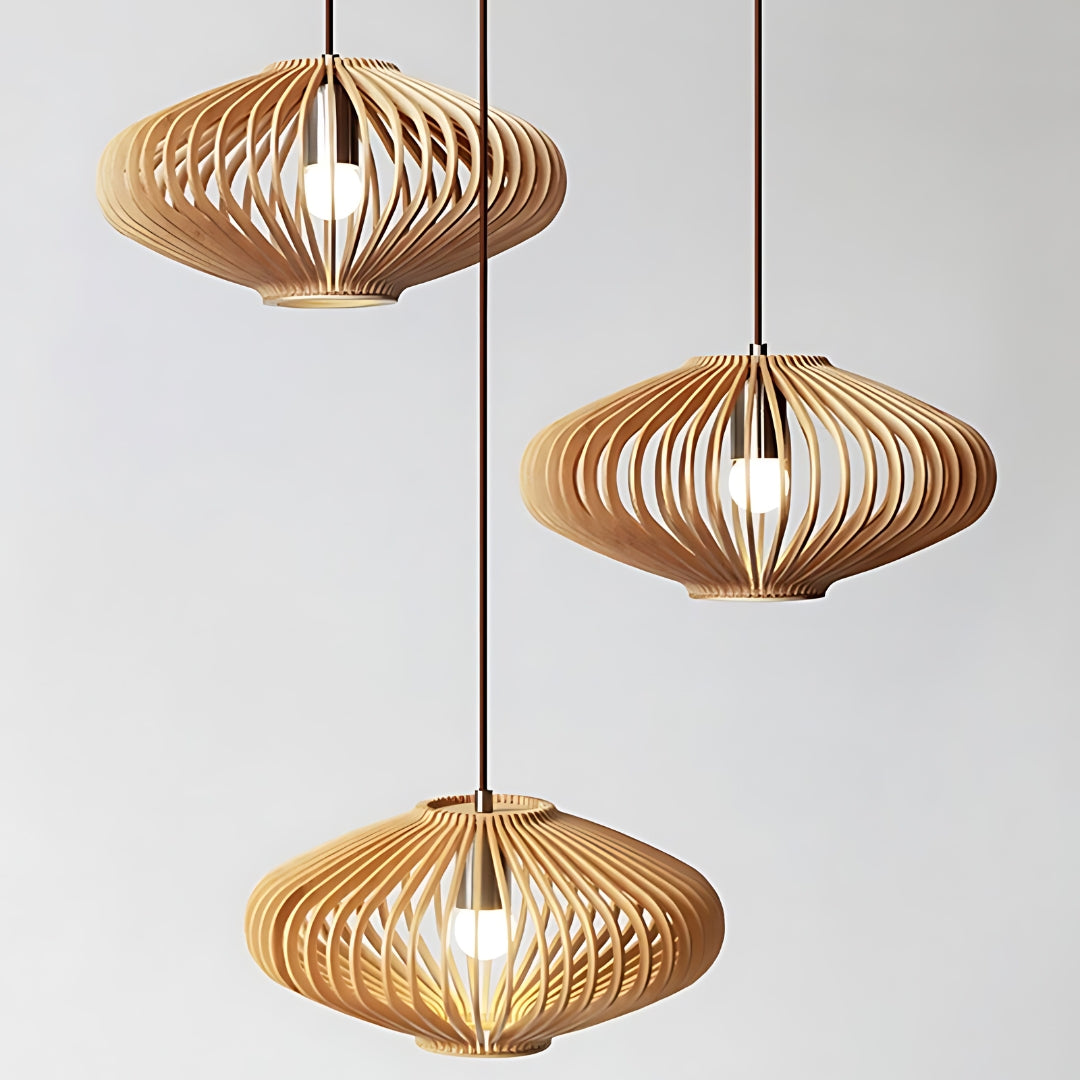Maximizing Room Functionality with Smart Lighting Placement
Lighting is a crucial element in interior design that goes beyond mere illumination. The placement of chandeliers, lamps, ceiling lights, and pendant lighting can significantly impact the functionality and aesthetics of a room. By strategically positioning light fixtures, you can create a cozy ambiance, highlight key features, and improve the overall usability of the space. In this guide, we will explore some expert tips on how to enhance room functionality through smart lighting placement.
1. Consider the Room's Purpose
The first step in optimizing lighting placement is to identify the primary function of the room. Different spaces have varying lighting needs – for example, kitchens and work areas require bright, task-oriented lighting, while living rooms and bedrooms benefit from softer, ambient lighting. By understanding the purpose of the room, you can tailor the lighting to suit its specific requirements.
2. Layer Your Lighting
Layering your lighting involves incorporating different types of light sources to create a balanced and dynamic effect. By combining overhead chandeliers or ceiling lights with floor or table lamps, you can illuminate the room evenly while also adding depth and texture. This multi-dimensional approach helps to enhance the functionality and visual appeal of the space.
3. Highlight Key Features
Strategic lighting can draw attention to architectural details, artwork, or furniture pieces that you want to showcase. Use accent lighting such as wall sconces or spotlights to emphasize key features and create focal points within the room. By directing light towards these elements, you can enhance their visual impact and elevate the overall design scheme.
4. Pay Attention to Scale
When choosing and placing lighting fixtures, it's essential to consider the scale of the room and the size of the fixtures themselves. For example, in spacious areas with high ceilings, larger chandeliers or pendant lights can make a dramatic statement. In smaller rooms, opt for smaller, more delicate fixtures that complement the space without overwhelming it.
5. Create Zones with Lighting
Dividing a room into different zones with lighting can help delineate specific areas for various activities. For instance, in an open-plan living and dining area, you can use pendant lighting above the dining table to define that space separately from the seating area. This zoning technique not only enhances functionality but also adds visual interest to the room.
6. Use Dimmer Switches
Installing dimmer switches gives you control over the intensity of the lighting, allowing you to adjust the brightness according to the time of day or the mood you want to create. Dimmers are especially useful in areas like bedrooms and living rooms where versatility in lighting levels is desired. They offer flexibility and customization in enhancing room functionality.
7. Consider Natural Light
Natural light plays a vital role in lighting design, affecting the mood and atmosphere of a room. Take advantage of natural light sources such as windows and skylights to complement your artificial lighting. Positioning mirrors strategically can also help reflect natural light and amplify the brightness in the room, making it feel more spacious and inviting.
8. Opt for Task Lighting
In areas where specific tasks are carried out, such as reading nooks, home offices, or kitchen counters, task lighting is essential. Task lighting provides focused illumination for activities like reading, cooking, or working, increasing productivity and reducing eye strain. Desk lamps, under-cabinet lights, and adjustable floor lamps are great options for task lighting.
9. Balance Ambient and Task Lighting
Ambient lighting sets the overall tone of the room, while task lighting serves functional purposes. Achieving a harmonious balance between ambient and task lighting is key to enhancing room functionality. By layering these two types of lighting effectively, you can create a versatile and well-lit space that meets all your lighting needs.
10. Utilize Vertical Space
Don't limit your lighting placement to just the horizontal plane – consider utilizing vertical space as well. Wall-mounted lights, pendant lights with adjustable heights, and tall floor lamps can draw the eye upward and make the room feel more expansive. Exploiting verticality in lighting design adds depth and visual interest to the space.
11. Embrace Energy-Efficient Options
When selecting lighting fixtures, opt for energy-efficient options like LED bulbs or smart lighting systems. These eco-friendly choices not only reduce energy consumption and lower utility bills but also contribute to a sustainable lifestyle. Many modern lighting fixtures come with energy-efficient features that offer longevity and cost-effectiveness.
12. Personalize Your Lighting Setup
Ultimately, the best lighting placement is one that caters to your personal preferences and lifestyle. Experiment with different lighting configurations, adjust the positioning of fixtures, and fine-tune the intensity of the light until you achieve the desired effect. Personalizing your lighting setup enables you to create a space that is uniquely tailored to your needs and enhances your daily life.
Enhance Your Space with Illuminating Strategies
By implementing these lighting placement tips and techniques, you can transform your living spaces into functional, stylish, and inviting environments. Whether you're looking to create a cozy reading nook, a productive home office, or a relaxing sanctuary, the right lighting can make all the difference. Explore the endless possibilities of chandeliers, lamps, ceiling lights, and pendant lighting to illuminate your world in a whole new light.
Step into the world of another store owner by visiting their captivating Shopify store. Click here to begin your journey. Kindly note that this is a promotional link, and we do not take responsibility for the content of the linked store.











